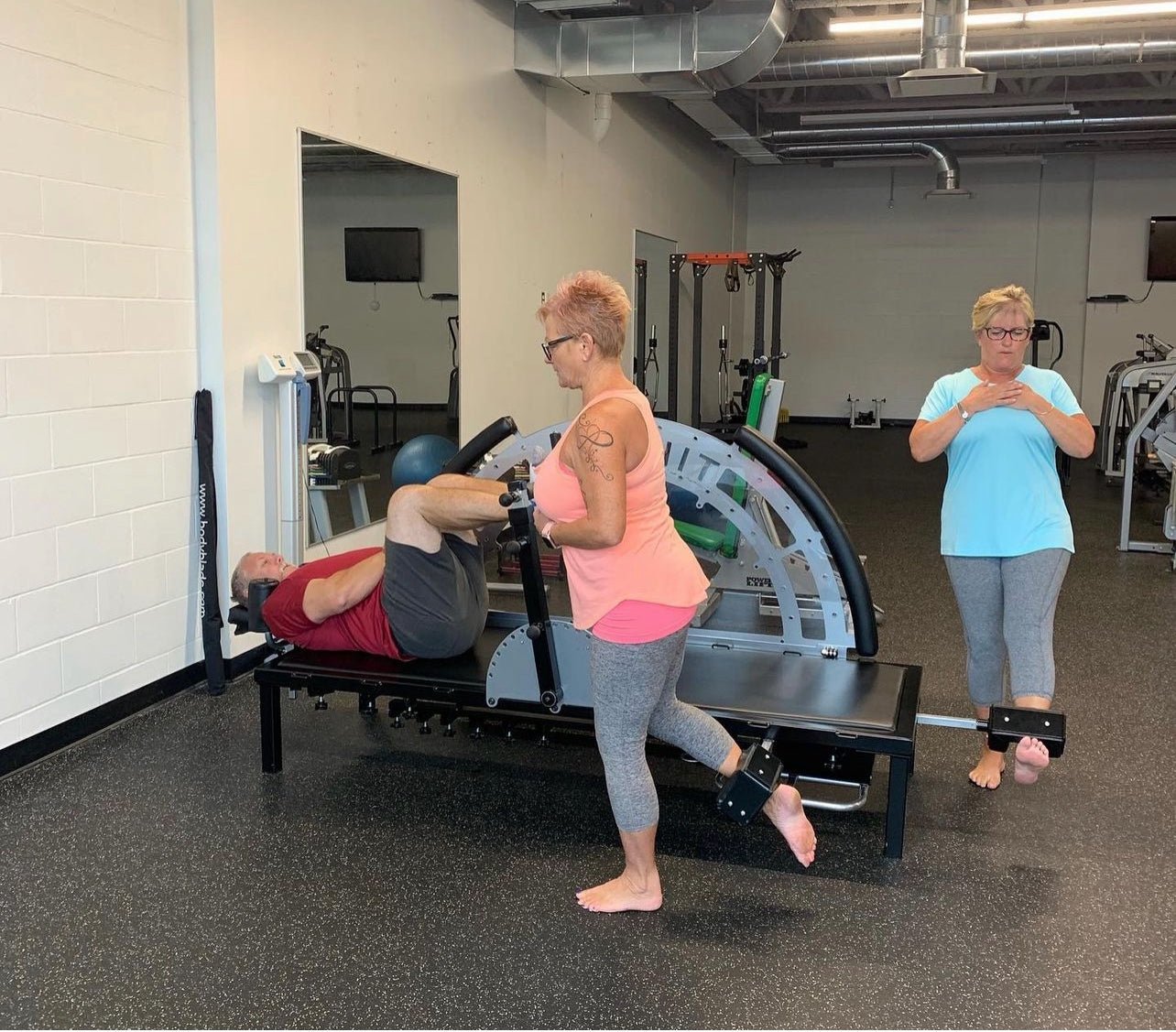Why EPL Injuries Keep Rising—and How to Stop Them
Injuries in the English Premier League (EPL) have reached crisis levels. According to injury analyst Ben Dinnery, the 2023-24 season saw an 11% increase in both the incidence and burden of injuries compared to the previous year. The financial toll? Over a quarter of a billion pounds (£266,165,160) spent on salaries for sidelined players. Read the full report here.
And the injuries keep coming. Just this week, Chelsea FC captain Reece James suffered another hamstring injury—a recurring problem for the talented defender. Stories like his aren’t isolated incidents. They reflect a larger issue: clubs are failing to adequately prepare players to handle the demands of the modern game.
Despite the widespread use of sports technology in an effort to reduce injuries, the problem persists. Technology has its place, but it’s clear that the solution to the injury crisis is more complex than simply adding more gadgets and data analysis. The missing piece is a holistic approach that includes physical preparation to build resilient athletes.
Take hamstring injuries, for example. They remain the most common soft tissue injury in football, with 70-80% affecting the biceps femoris long head. Why? Because this muscle is doing too much work. The forces traveling through the body during play aren’t evenly distributed, leaving the biceps femoris to absorb more than its fair share of the load. Without adequate support from the rest of the body, it’s no surprise this muscle becomes overworked and prone to failure.
This imbalance highlights a critical need for whole-body isometric strength. Isometric training helps ensure the entire body—muscles, tendons, and joints—works together to manage the immense forces players face.
For just £1316 per player, per club—plus tailored programming—EPL teams could outfit their entire 25-player squads with Isophit Strength Kits. This approach focuses on building the isometric strength required to support dynamic movements, potentially reducing injury rates by 70-90%.
To understand why this works, consider the biomechanics of running. Picture a rolling wheel: when a footballer’s foot strikes the ground, its net velocity is zero, while the head moves at twice the player’s running speed. At 30 km/h, the upper body must manage forces equivalent to 60 km/h.
Then, there’s torque—the rotational force acting on the knee. Torque is calculated by multiplying force by the moment arm, the perpendicular distance from the knee axis to the line of force of the head. For a 185 cm, 70 kg player with lower limbs 20% of their height, the torque generated during a sprint is enormous. Without the isometric strength to stabilize the entire body above the knee, injuries become inevitable.
Reece James’ recurring hamstring problems—and countless other examples across the league—are not just unfortunate accidents. They’re preventable. EPL clubs can continue investing in reactive technologies, but the real change will come from taking a proactive approach that addresses the root cause: preparing players to withstand the forces of modern football.
The game is evolving, and so must the way we prepare athletes to play it. If keeping your players healthy and protecting your club’s investments is the goal, it’s time to act.
At Isophit, we help the world’s strongest, fastest, and most gifted athletes—and everyday people—win more, hurt less, and age stronger.
If you have any questions about the article or how to resolve hamstring injuries, email me at brad@isophit.com.
Yours in Isometric Strength,
Brad Thorpe
CEO | Inventor
Isophit





![5. 30inThirty™ Strength Series - [15 Printable Programs] - Isophit](http://www.isophit.com/cdn/shop/files/5-30inthirty-strength-series-15-printable-programs-433761.png?v=1728497641&width=1080)




Share:
Breaking Limits: How Isophit Can Help the Second Human Break 9.6 Seconds in the 100m Sprint
Is It Malpractice to Overlook Isometric Strength Training for Blood Pressure Management?